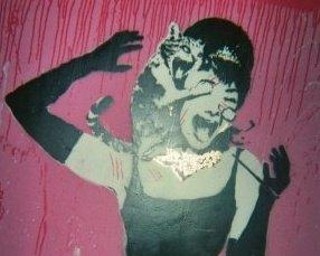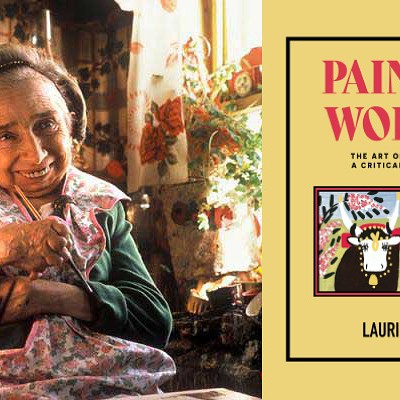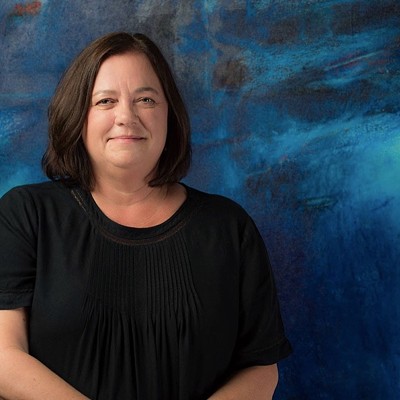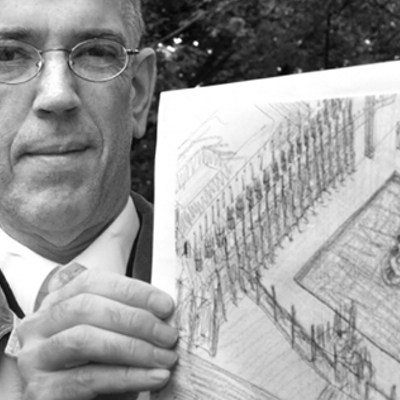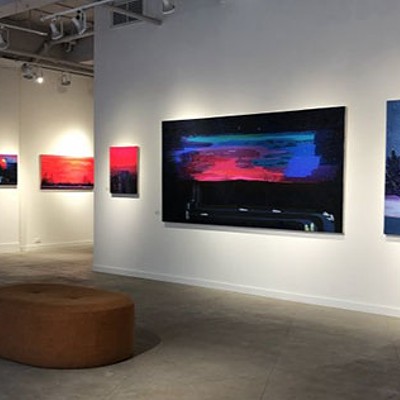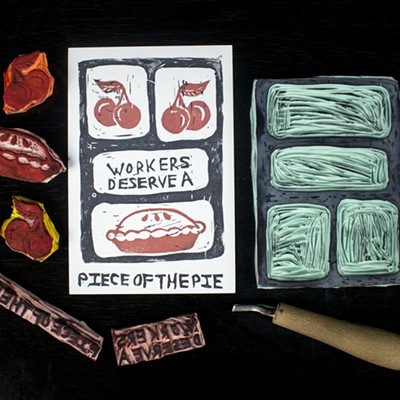Anne Macmillan's interpretations of the universe blend art and science in Prospect 15. by Lizzy Hill
Venturing into Mount Saint Vincent University Art Gallery feels like entering some strange laboratory---artist Anne Macmillan has meticulously arranged numbered sculptures of found rocks on vitrine-like shelves, just as one would display scientific specimens. Though seemingly ordinary, Macmillan's work evokes the extraordinary.
For Prospect 15, the latest of MSVU's Prospect exhibitions showcasing the work of emerging Nova Scotian artists, Macmillan's made a series of sculptures and drawings inspired by NASA's radar imagery of asteroids. She calls her show a "grand attempt at failure"---a beautiful but ultimately futile attempt to bring unfathomable elements of our universe to scale.
For Macmillan, an obsession with near-earth asteroids was cemented when she saw NASA scientist Lance Benner hold a 3D model of an asteroid in his hand on TV. She quickly emailed Benner, asking him how she could get her hands on the models: "I didn't know why, but I immediately wanted them and was inspired by them," says Macmillan.
Benner sent her a link to downloadable shapes of 3D models of near-earth asteroids: "I found that they were really beautiful when you just spun them in the software, so I created my own animations of the silhouettes of them spinning, then I traced each frame of those drawings," she explains. The result? Contours of Near Earth Asteroids, an aesthetically appealing collection of tracings onto mylar. "In one moment you see all of the contours of each rotation."
A closer look reveals that some of these near-earth asteroids even have down-home names, like Iris or Daphne. Some of Macmillan's Boxes for Rocks---imperfect cardboard boxes made by digitally scanning rocks, then creating flattened models for each rock using a 3D printer and a laser cutter--- also have hidden autobiographical roots. Macmillan found the rocks "anywhere and everywhere," giving each names that corresponded to where she discovered them or something that happened that day.
For instance, "Dstone was named after David Stone who helped me learn how to use the laser cutter at Dal," she says. Race was discovered at the end of a bike race. The work reflects how personal scientific naming can be: "People name asteroids for the same reasons, even though it seems more official. There was an asteroid named after Mr. Rogers from Mr. Rogers' Neighborhood."
Macmillan's fixation with the scientific method stems from her artistic desire to create systems to cope with complexity. This urge sprung its head when, in 2006, she attempted to obsessively catalogue the items in her apartment. She began taking inventory of each item, but the task soon became unmanageable---she could never photograph every single crumpled receipt or gather all the dust in the bathroom.
Macmillan's work successfully embodies the limitations of the processes she embraces. A few gaps in the cardboard casing around her rocks demonstrate either the inability of the computer to fully digitize each rock or the human errors made along the way. "I'm adopting these methods as a way to think about them," she says, "not because I think that they are the only way to work."
Macmillan is drawn to the concept of a "degree of tolerance," as it acknowledges the scientific methods' inevitable errors and limitations. Indeed, Box for a Hypothetical Asteroid, a flattened laser-cut cardboard model splayed out on the wall, is bound to fit around one of the universe's bajillion asteroids, "within an unknown degree of tolerance." One thing is certain: Macmillan's "attempts at failure" will prompt you to envision undiscovered worlds beyond your own, and demonstrate that the artist's imagination is not restricted by her processes.
Prospect 15: Anne Macmillan To December 9, Mount Saint Vincent University Art Gallery Seton Centre 166 Bedford Highway


